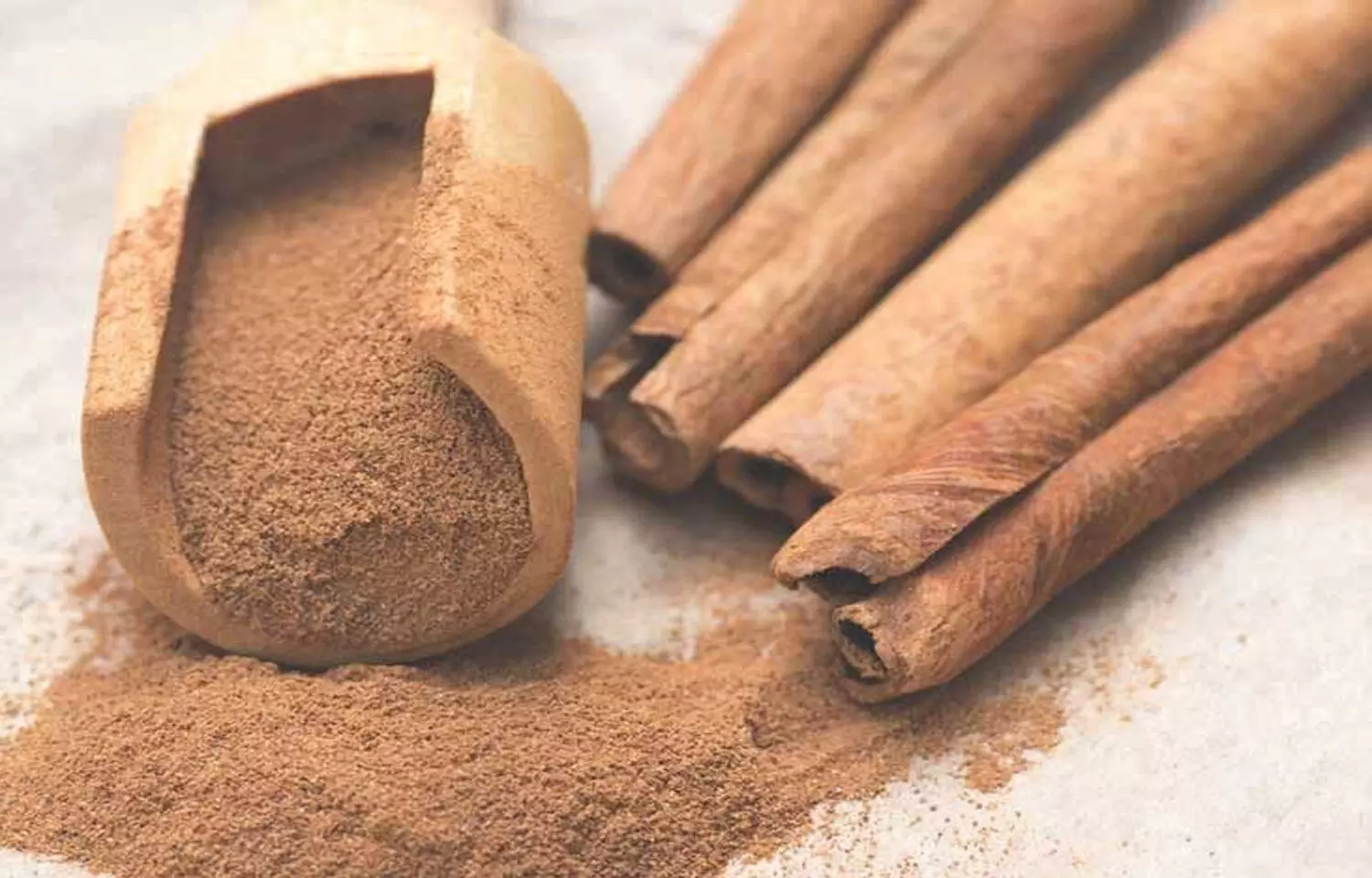Oral Lesions at Occlusal Plane May Indicate Cinnamon-induced contact stomatitis, suggests study
- byDoctor News Daily Team
- 16 September, 2025
- 0 Comments
- 0 Mins

A new retrospective study published in the journal ofOral Diseasesfound erythematous and/or white lesions at the occlusal plane to prompt suspicion of Cinnamon-induced contact stomatitis (CCS), which can be diagnosed through patient history and clinical presentation. The study spanned for 15 years from 2010 to 2025, examined 74 cases of CCS and also reviewed documented instances in existing medical literature. The investigation revealed that CCS predominantly affects the lining of the mouth, especially the buccal mucosa, the inner cheek, and the sides of the tongue. Among the 74 patients, 67 experienced lesions on the buccal mucosa, while 50 had involvement of the lateral tongue. The nature of the oral lesions varied, as 7 patients developed white plaque-like or lichenoid patches, resembling other chronic oral conditions and 26 patients presented with painful red, erosive, or ulcerative lesions. The largest group, 41 individuals, displayed a combination of whitish and red lesions, often mimicking other inflammatory oral diseases. Also, once the patients discontinued the use of cinnamon-flavored gums or candies, all cases showed complete resolution within just one week. None of the patients experienced a recurrence, provided they avoided re-exposure to these cinnamon products. This research reviewed previously reported cases and identified 40 well-documented examples of CCS tied to cinnamon-flavored gums, candies, and mints. In each instance, a clear temporal link between cinnamon consumption and oral lesion development was observed, supported by either clinical or histopathological images. Overall, the findings suggest the importance of recognizing CCS as a potential cause of oral discomfort and lesions that may otherwise be mistaken for chronic inflammatory or autoimmune conditions. Dentists and clinicians are advised to consider CCS when patients present with unexplained white or red oral lesions, especially if these appear along the occlusal plane, which is the area where teeth meet during chewing. While cinnamon remains a popular flavor in gums and candies, this study highlights the need for caution among frequent consumers who develop unexplained mouth lesions. Kalogirou, E.-M., Aktypi-Bampouranou, A., Vasilaki, M., Chatzidimitriou, K., & Tosios, K. I. (2025). Cinnamon-induced contact stomatitis: A retrospective study of 74 cases and literature review. Oral Diseases, odi.70081.https://doi.org/10.1111/odi.70081
Disclaimer: This website is designed for healthcare professionals and serves solely for informational purposes.
The content provided should not be interpreted as medical advice, diagnosis, treatment recommendations, prescriptions, or endorsements of specific medical practices. It is not a replacement for professional medical consultation or the expertise of a licensed healthcare provider.
Given the ever-evolving nature of medical science, we strive to keep our information accurate and up to date. However, we do not guarantee the completeness or accuracy of the content.
If you come across any inconsistencies, please reach out to us at
admin@doctornewsdaily.com.
We do not support or endorse medical opinions, treatments, or recommendations that contradict the advice of qualified healthcare professionals.
By using this website, you agree to our
Terms of Use,
Privacy Policy, and
Advertisement Policy.
For further details, please review our
Full Disclaimer.
Tags:
Recent News
AIIMS INI SS January 2026: 4 seats added in 2 spec...
- 01 November, 2025
Treatment in Myocardial Infarction and Non-Obstruc...
- 01 November, 2025
PG medical admissions 2025 commence in Bihar, chec...
- 01 November, 2025
Assam to begin NEET PG 2025 counselling from Novem...
- 01 November, 2025
Daily Newsletter
Get all the top stories from Blogs to keep track.


0 Comments
Post a comment
No comments yet. Be the first to comment!